Managing Volatility in Pork Production
The Maschhoffs of Carlyle, IL, take a cautious but active approach toward investment and marketing opportunities

The Maschhoffs of Carlyle, IL, take a cautious but active approach toward investment and marketing opportunities.
Following the company's conservative beliefs, The Maschhoffs President and CEO Ken Maschhoff admits there were times during those wildly profitable years of 2004-2006 when he sold hogs at a loss — a lost opportunity that is — to at least lock in some profit.
His conservative nature proved a savior in 1996, when feed prices soared, and The Maschhoffs had both feed prices and hog prices locked in prior to the sudden price upswing.
That conservative mentality was a lifesaver again during the recent three-year market slump, helping the company avoid potential losses in 2007-2009, by diligently and carefully using futures and options markets to lock in grain purchases and hog sales.
The Maschhoffs use marketing contracts, futures markets and the cash market. Grain purchases are locked in at the same time to hedge costs and revenue exposure.
“We made sure that we got ourselves positioned to manage the volatility that we saw coming,” explains Jason Logsdon, chief financial officer, who heads a three-person risk management team.
“Fifteen years ago, analyzing pork profitability was largely a function of how many sows you had and whether it was going to rain,” he says. Now, industry volatility is fueled by a myriad of factors, including global demand for U.S. raw feed ingredients and pork, biofuels policy and the influx of investors into the commodities markets.
That growth in factors affecting profitability means that focusing on improving operating efficiencies in the hog business is just not enough to ensure profits any more, Logsdon says. Producers can do everything right and still be unprofitable.
Diversify assets where possible and develop a commodity risk management program, he advises. The Maschhoffs have purchased three non-agricultural firms. The most recent acquisition early this year was the largest asphalt slurry seal company in Las Vegas.
Ramping up
Logsdon started at The Maschhoffs seven years ago. In the mid-2000s, he led the ramping up of the risk management component of the business.
“At that time, we saw the writing on the wall — there would be higher corn prices because prospective ethanol plants were seeking investors and producers to take the byproducts,” Ken Maschhoff recalls. “There were seven different ethanol plants proposed within 40 miles of our home farm operation. Six of those groups showed us their proposals of how they would all draw corn from the same area, but it wouldn't affect the price of corn more than 20 cents a bushel.”
Warning bells sounded for Maschhoff and Logsdon. They decided to forego any investment in the biofuels arena. Logsdon predicted that despite the claims of little impact on price, the huge deployment of capital into ethanol production could lead to $6-8/bu. corn in a year or two.
Maschhoff says that lesson led to a firm commitment to “go long” in securing corn contracts to negate the coming price hike.
But he admits that no amount of risk management planning could have prepared him for the extended duration of the recent hog cycle downturn.
To speed “an equilibrium level of profitability that we can all live with” will likely require more sow herd cutbacks for the pork industry to prosper beyond this summer, Logsdon says. Whether that means more producers will exit the business is uncertain.
“It has been impressive the way the industry has survived with the economic environment we have been in,” Logsdon observes. “That is an indication that there are a lot of very efficient producers in the country today.”
Producers will continue to need staying power because volatility and risk seen the last three years are here to stay, he predicts.
That means risk management planning is a prerequisite. “Risk management requires as much attention as nutrition and genetics in today's pork industry,” Maschhoff adds.
“We have always viewed risk management tools as an important type of insurance, and we have been willing to sacrifice some of the upside to protect our investment. That conservative approach has worked for us over the years, and every down cycle in the hog market reinforces our commitment to conservative risk management strategies,” he concludes.
About the Author(s)
You May Also Like





